America's 'most endangered rivers' list: Sewage, toxic algae, construction feed the crisis
Water scarcity, overuse and development are among the reasons why 10 waterways across the nation were ranked this year’s most endangered rivers by the advocacy group American Rivers.
Billed as “a call to action" to defend streams and rivers, the 39th annual America's Most Endangered Rivers list is not all bad news, says Amy Souers Kober, spokesperson for the Washington, D.C.-based group. "These are rivers where the public has a chance to speak up and make good things happen."
River nominations are solicited each year, and they're evaluated based on waterways' significance to people and wildlife, the magnitude of threats and pending decisions in the coming year that the public can influence. Reports for each river spell out how people can take action to speak up on behalf of the river, Kober said.
This year, the rivers of New Mexico were named most imperiled because of concerns about a Supreme Court decision last May that experts say limited the ability of the U.S. Environmental Protection Agency to enforce provisions of the Clean Water Act for many streams and wetlands.
"We don’t typically list an entire state," but most of the rivers in New Mexico are without protection because of the court decision, Kober said.
Other river threats mentioned in the report include longer droughts, rising temperatures, competition for limited water supplies, and infrastructure such as highways and dams that affect water flow and wetlands.
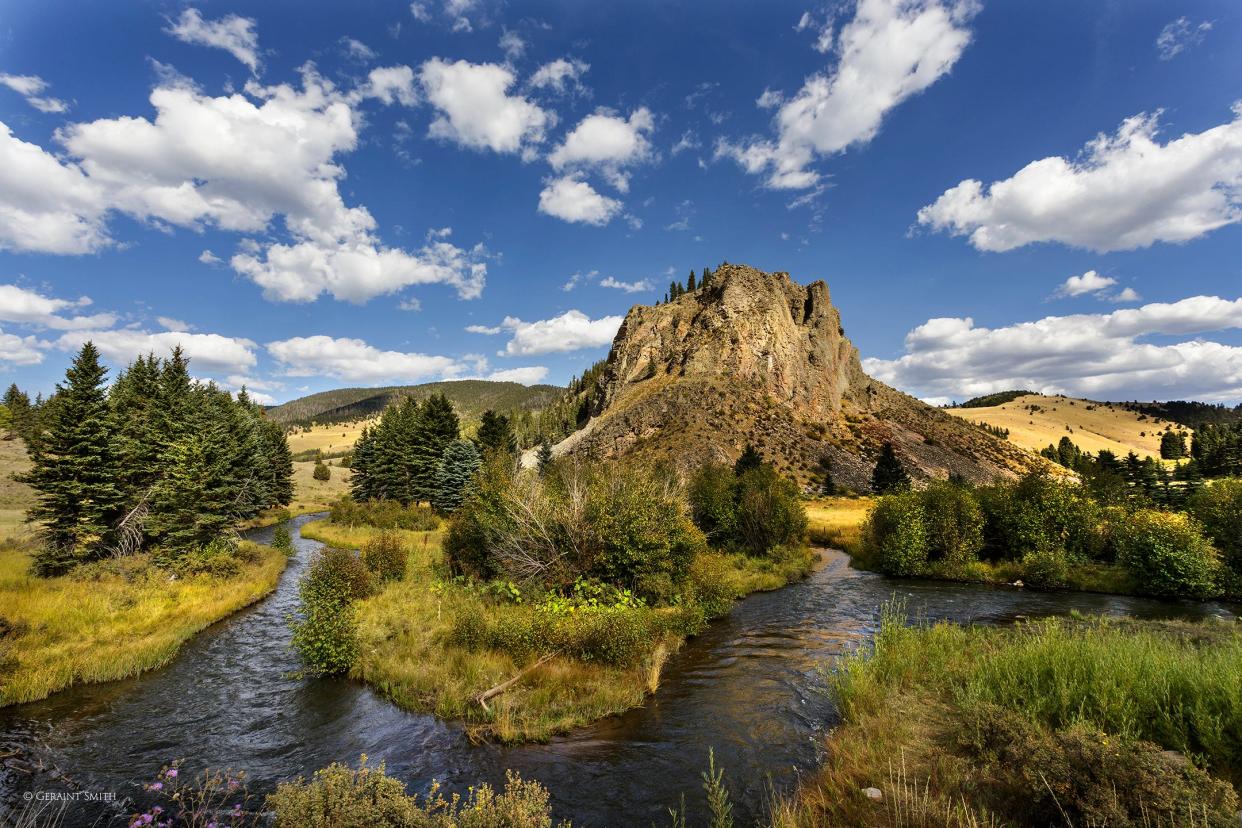
What are the other most endangered rivers?
The remaining nine on the list and the threats they face, according to American Rivers:
2. Big Sunflower and Yazoo Rivers, Mississippi. The Big Sunflower flows for 250 miles before it reaches the Yazoo River, supporting more than 450 species of birds, fish and other wildlife. The report cites the threat of a planned Army Corps of Engineers flood control project, known as the Yazoo Backwater Pumps, saying it would reduce the number of spawning days for fish and reinforce racial and environmental injustice in some of the nation's poorest communities.

3. Duck River, Tennessee. The Duck, which flows 269 miles through seven counties, is a source of drinking water for nearly 250,000 people and supports outdoor recreation, and it is recognized for its fish and mussel biodiversity. It faces an "unsustainable overconsumption of water that threatens to drain the river" thanks to population and industry growth and faces several pending water withdrawal permits.
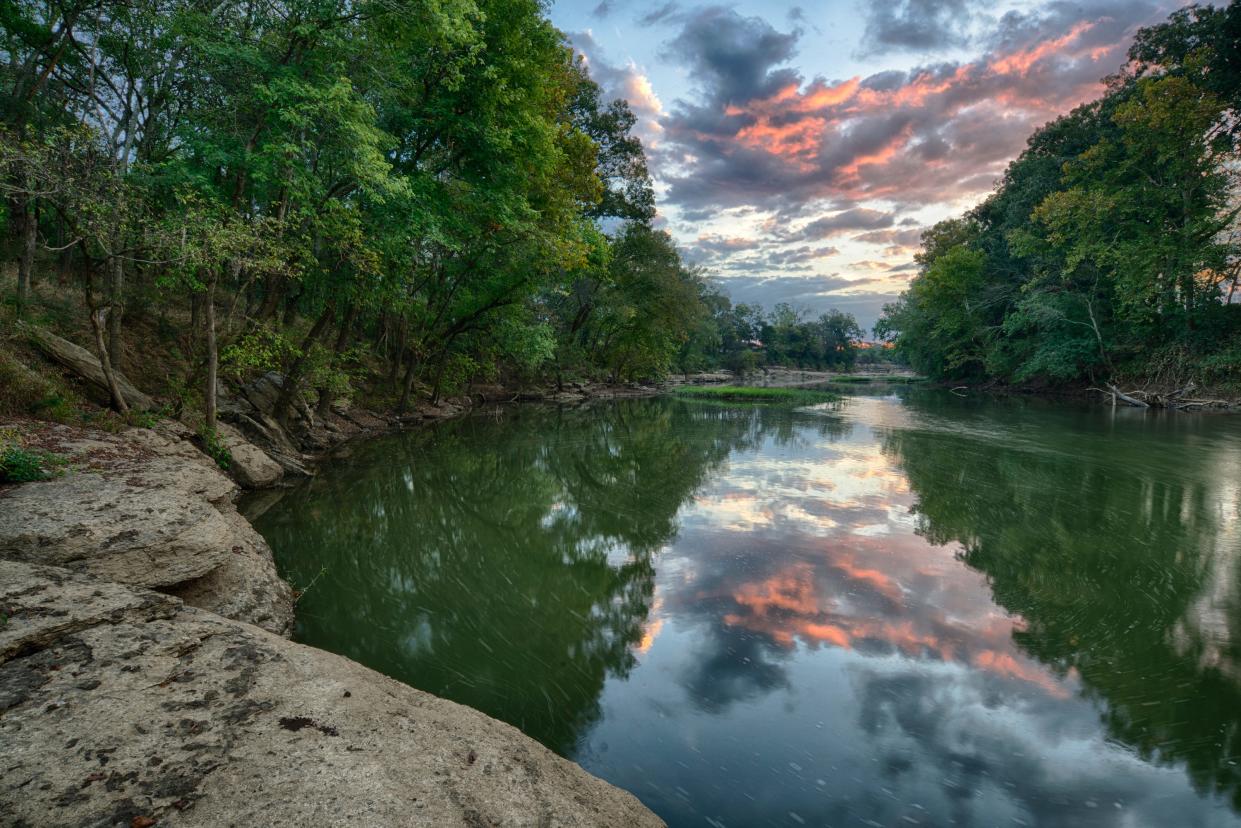
4. Santa Cruz River, Sonora, Arizona. The Santa Cruz has provided water to people living in the region for more than 12,000 years, including the Tohono O'odham Nation. Though water quality and habitat have improved, the recovery remains tenuous, the report says, because of longer droughts, warmer temperatures and competition for limited water supplies threatening its flow.
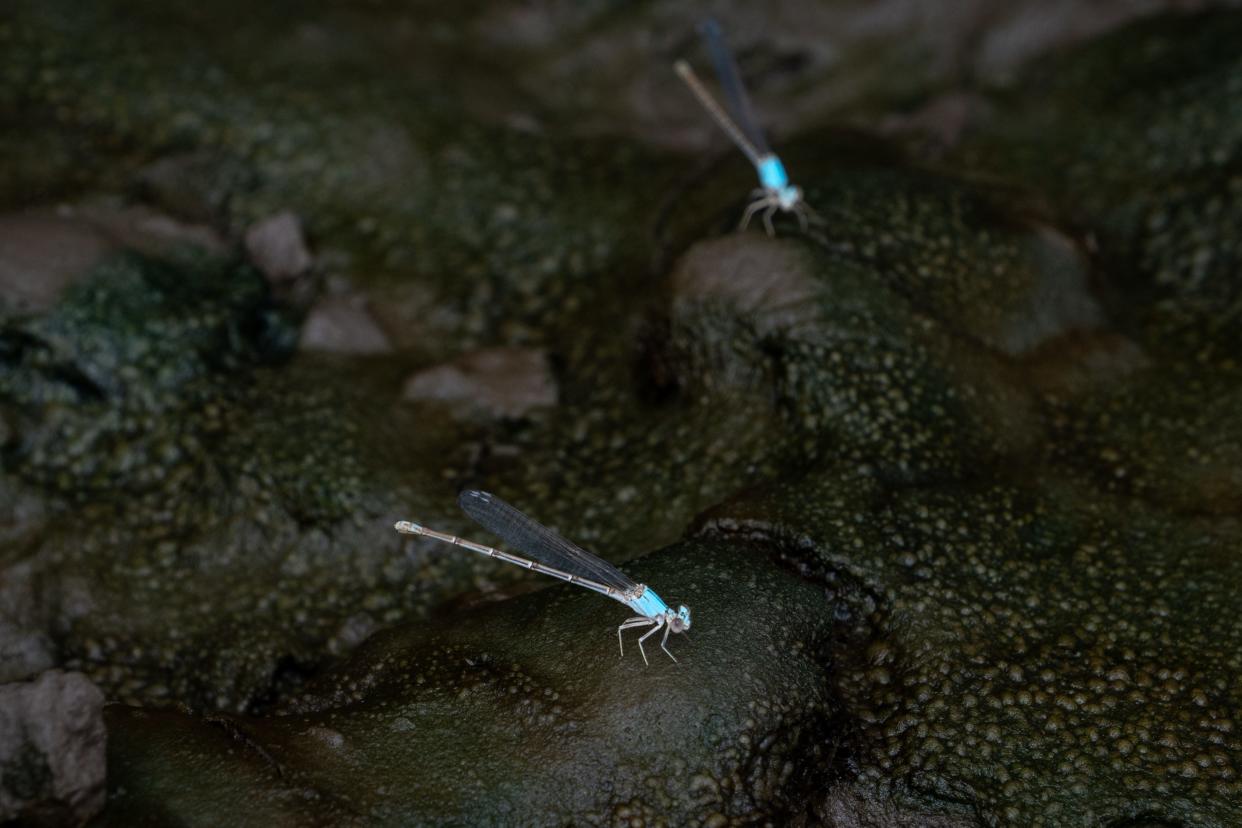
5. Little Pee Dee River, North and South Carolina. The river traverses more than 118 miles through forested wetlands, oxbow lakes, cypress gum swamps, sandhills and bluffs. The report cites its biggest threat as the planned construction of Interstate 73, expected to damage 313 acres of wetlands along one section of highway and disturb 13 streams. The report suggests Horry County residents vote no on a proposed transportation sales tax that would help finance construction.
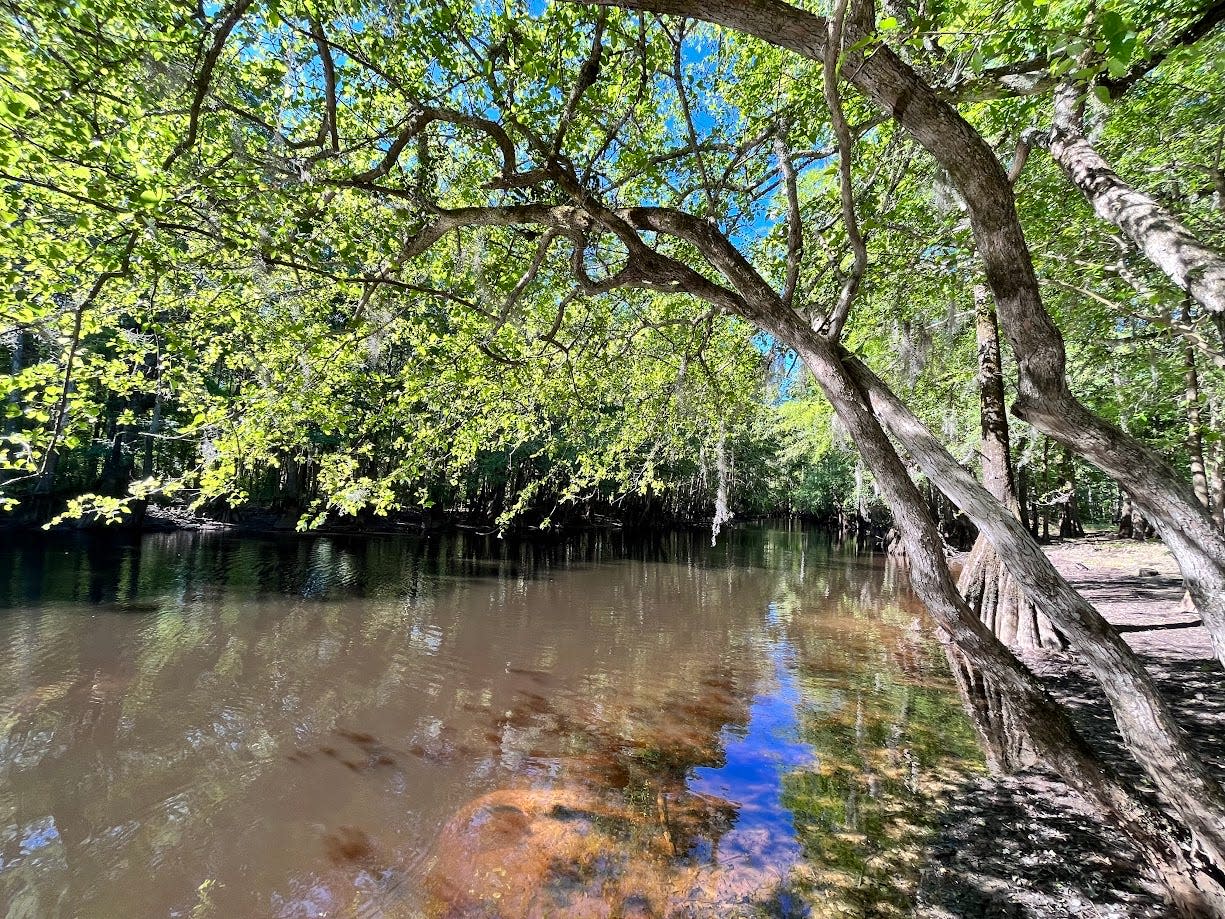
6. Farmington River, Connecticut and Massachusetts. Covering more than 600 square miles in the two states, this watershed includes a wild and scenic river and provides public drinking water. An aging hydropower dam obstructs fish migration and is poorly maintained, creating conditions upstream that reduce water quality and feed toxic algal blooms, the report says.
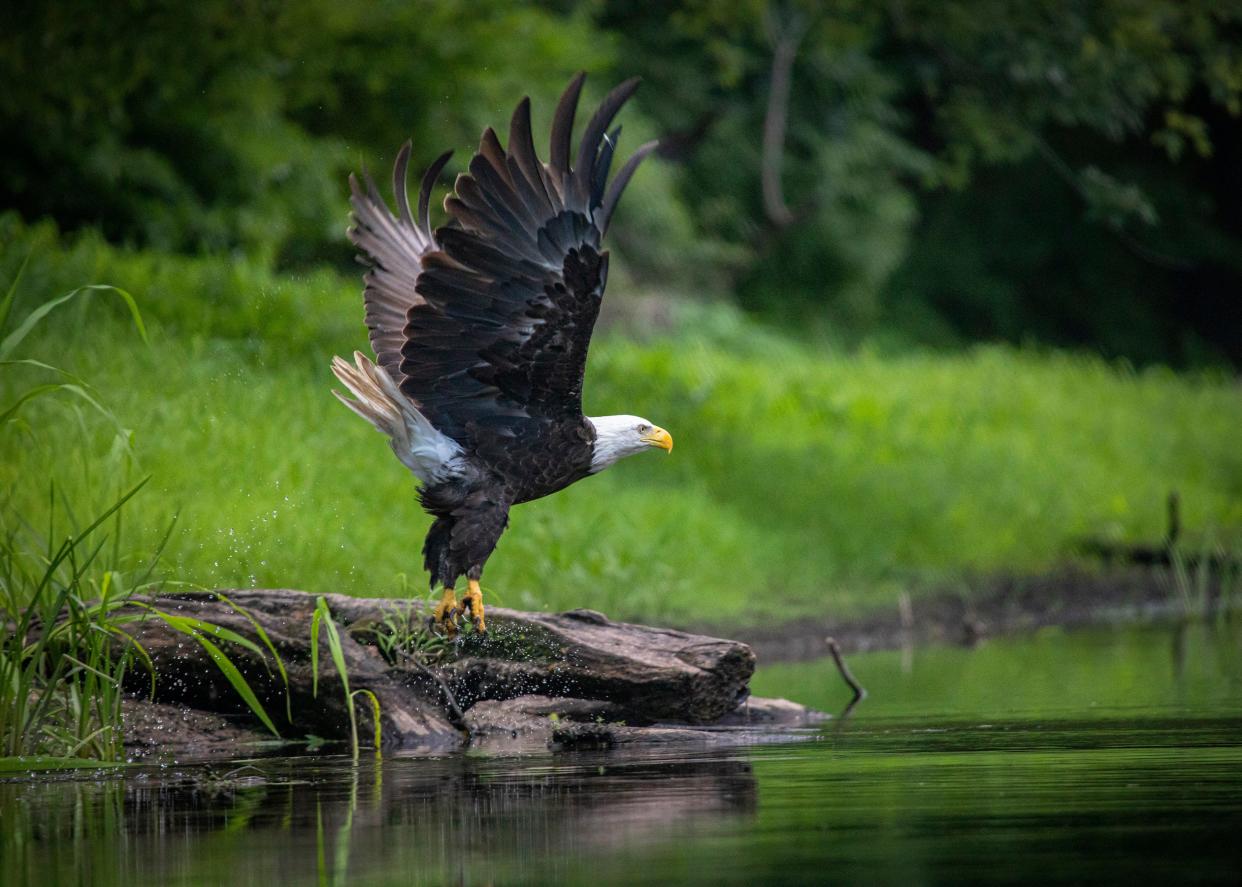
7. Trinity River, California. The largest tributary of the Klamath River, the Trinity flows 165 miles through the Klamath Mountains and Coast ranges and is considered the lifeblood of the Hoopa Valley Tribe, Yurok Tribe and the Nor El Muk Band of Wintu Indians. Although designated a wild and scenic river, the Trinity is diverted into the Sacramento River, and water management fails to protect cold water storage that could benefit salmon spawning, the report says, and proposed actions in the region, including plans to build a new reservoir, could further impair the river.
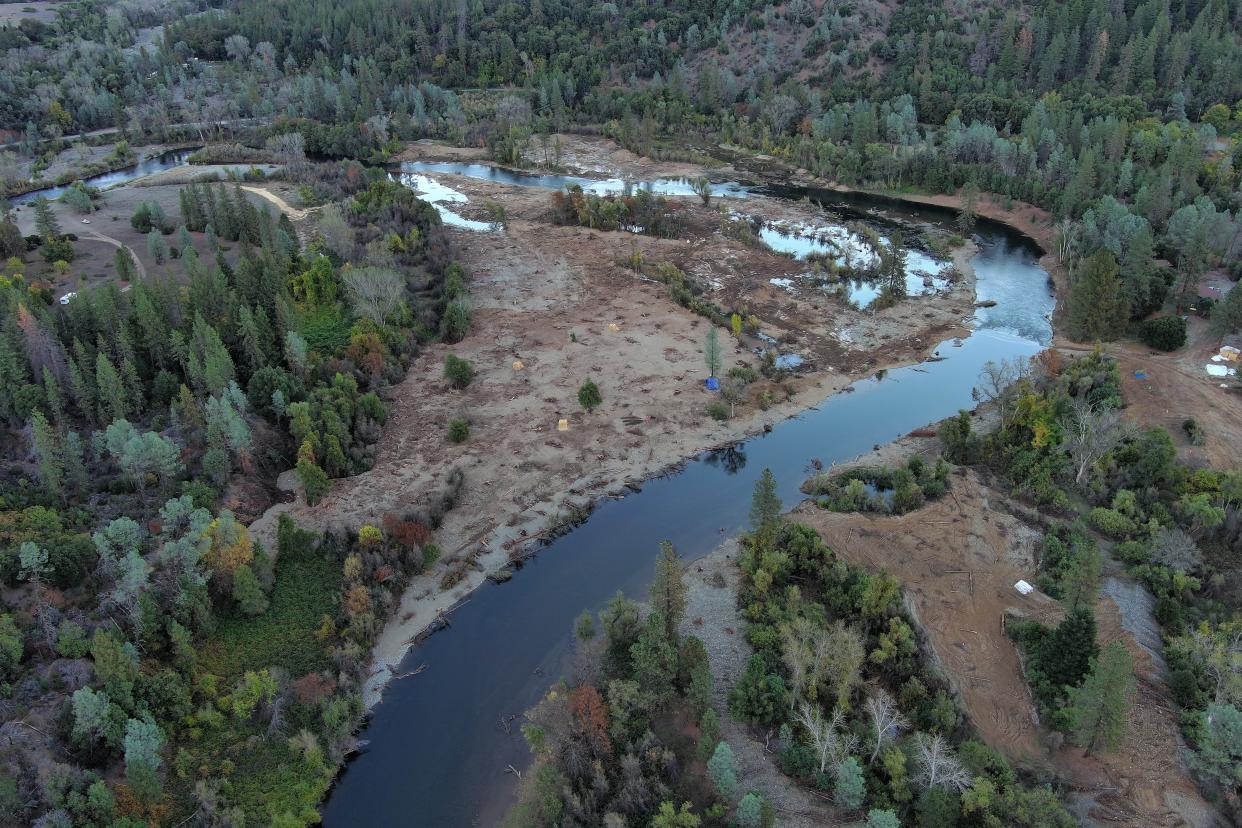
8. Kobuk River, Alaska. This 380-mile-long river begins to flow in the Brooks Ranch and runs west to the Arctic Ocean, past five remote Iñupiat communities, and freezing over from October to May to become "a winter highway." The reports says a new 211-mile road would allow open-pit mines, reduce subsistence access for 66 remote villages, further weaken permafrost, and require thousands of damaging crossings over streams, rivers and wetlands, which could endanger the state's second-largest caribou herd.
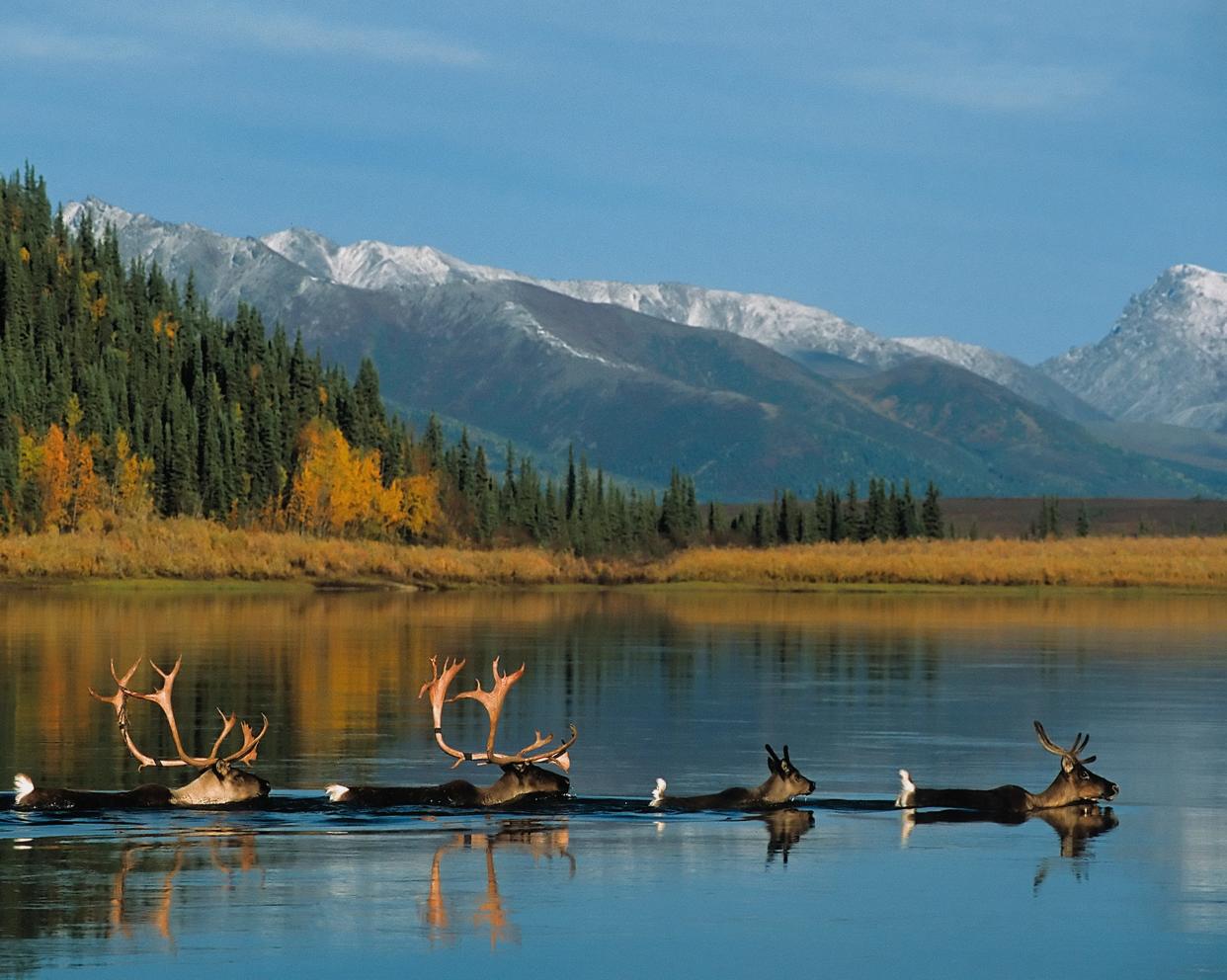
9. Tijuana River/Rio Tijuana, California and Mexico. The Tijuana flows 120 miles across northwestern Baja California and through the Tijuana estuary, the largest remaining natural coastal wetland in southern California, the report says. The river is threatened by outdated and failing wastewater treatment plants that allow sewage discharges into the Pacific. The discharges travel northward along the coast and were linked to as many as 34,000 illnesses reported in 2017, based on a study by Scripps Institution for Oceanography.
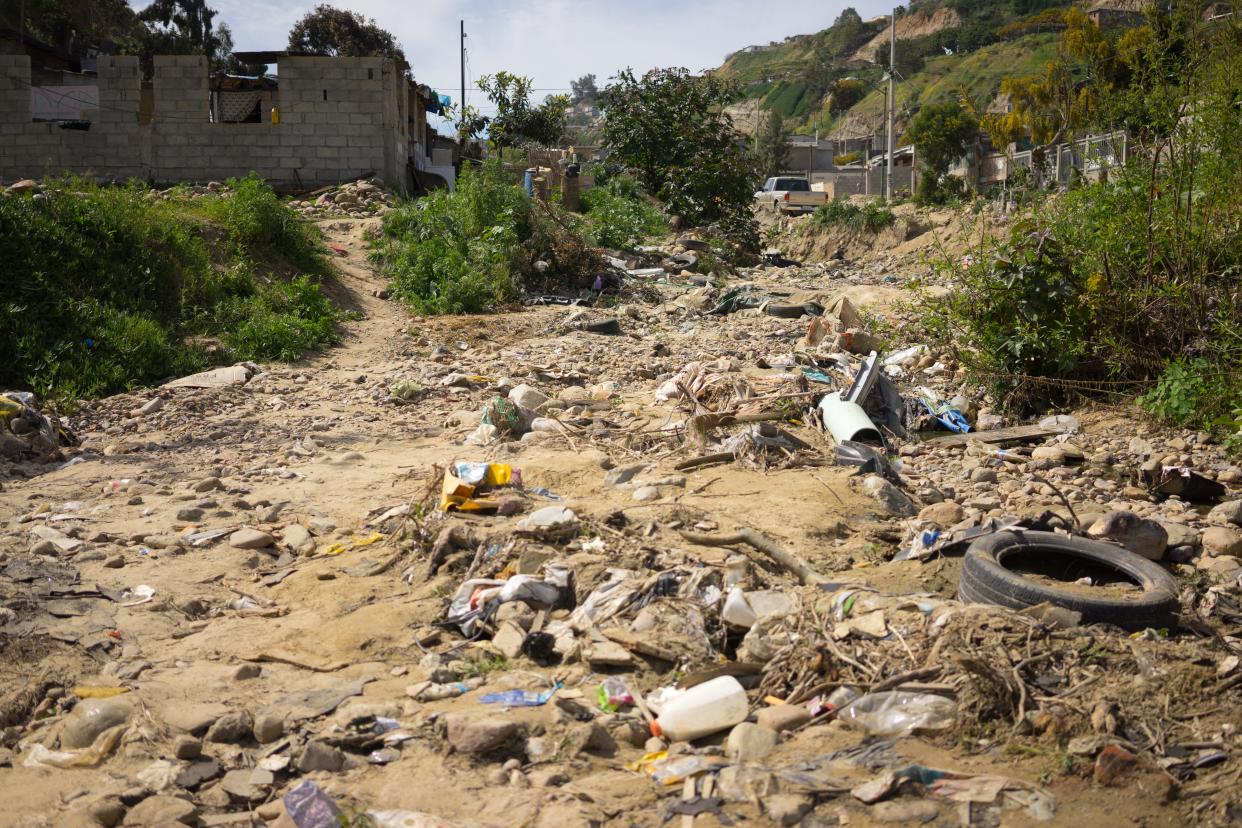
10. Blackwater River, West Virginia. Flowing 34 miles, the river is home to a stretch of Class 4 and 5 whitewater rapids as well as several endangered and rare species. The report says the river's watershed is threatened by a proposed four-lane highway that could severely harm the region's cultural, historical and environmental integrity as well as marring views and disrupting recreational cycling routes.
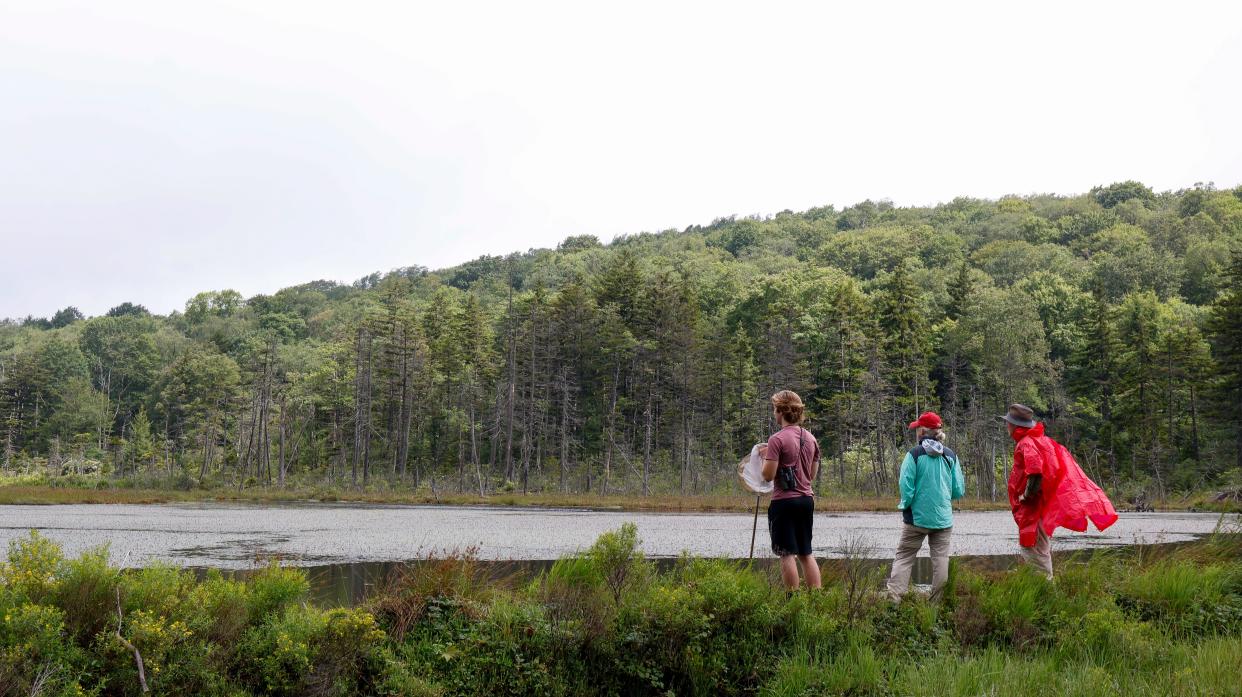
Why are New Mexico's rivers endangered?
The Supreme Court ruled in May that the Clean Water Act applied only to wetlands directly connected to permanent bodies of water, siding with an Idaho couple who ran afoul of the Environmental Protection Agency's rules while backfilling a lot with dirt where they planned to build a home. The EPA had contended the filling took place near a ditch that fed into a nearby lake.
New Mexico was placed at the top of the list because the state is the "hardest hit" by the court's decision, Kober said. "It's this desert environment, and a lot of these streams only flow when it rains."
The decision left 96% of New Mexico's streams vulnerable to pollution and harmful effects downstream, including the Rio Grande, Gila, San Juan and Pecos rivers, Kober said. It also angered state officials.
Gov. Michelle Lujan Grisham said the decision weakens federal protections and put many of the state’s fragmented rivers and streams at risk.
Vicente Fernandez, a mayordomo for an acequia or irrigation ditch, meaning he's in charge of coordinating water distribution along the ditch, said people depend on New Mexico's rivers for water.
“This is our tradition, this is our culture,” Fernandez said. “We don’t want to be a people that loses its traditions because we haven’t taken the right steps to protect our rivers.”
Finding solutions to protect rivers
Advocates say the court ruling overturned decades of federal Clean Water Act protections, put millions of miles of streams nationwide at risk and stripped protections for many wetlands.
Reports for each river suggest specific actions people can take to find "creative solutions" that can benefit the rivers, communities and local economies, said Tom Kiernan, president and CEO of American Rivers.
The reports encourage people to press state governments across the nation to "shore up protections for clean water," Kober said.
It's also a call to protect drinking water, Kiernan said. "There are few things more important than drinking water."
“Our leaders must hold polluters accountable and strengthen the Clean Water Act to safeguard our health and communities," he said. "There are absolutely opportunities for people to take actions to generate solutions that work for the rivers, for communities and for people's lives."
What were the most endangered rivers in previous years?
Ranking No. 1 in each of the previous two years was the beleaguered Colorado River. Last year it was the stretch of river through the Grand Canyon in Arizona. In 2022, it was the length of the river through five states, from Colorado to California.
This article originally appeared on USA TODAY: Group wants public to help protect America's 'most endangered rivers'
